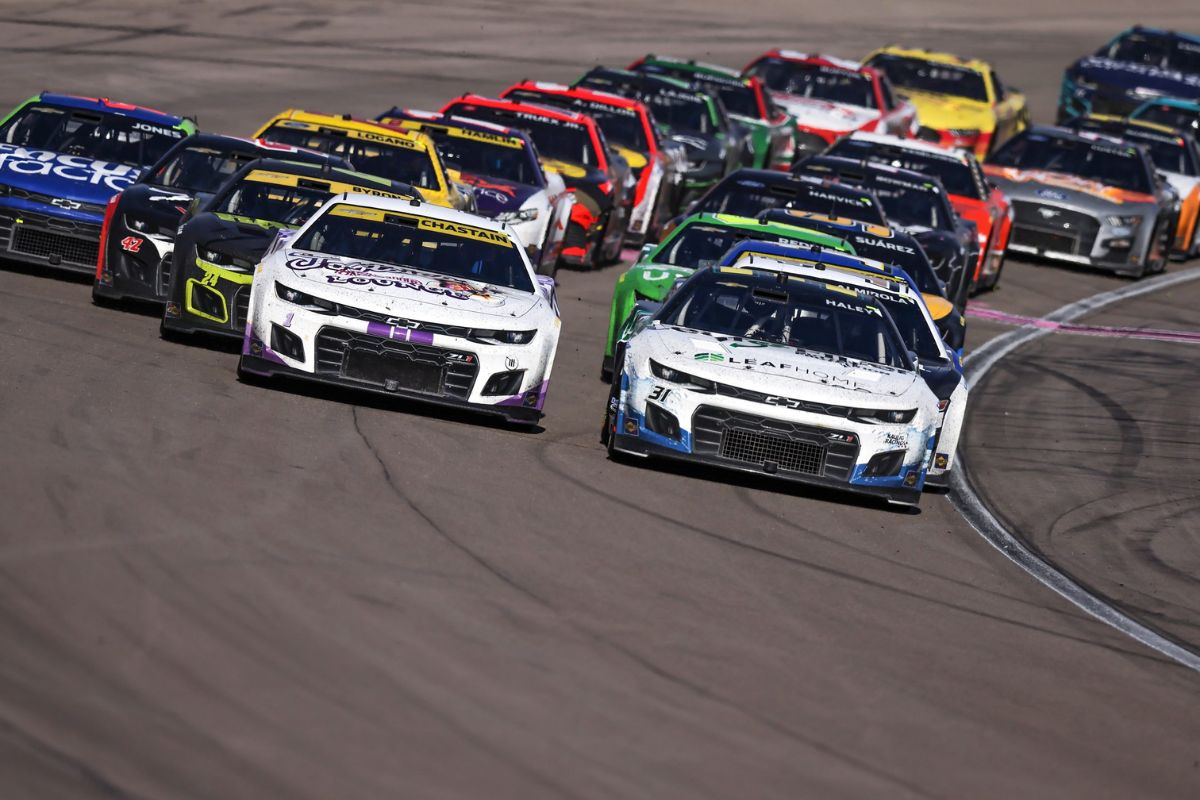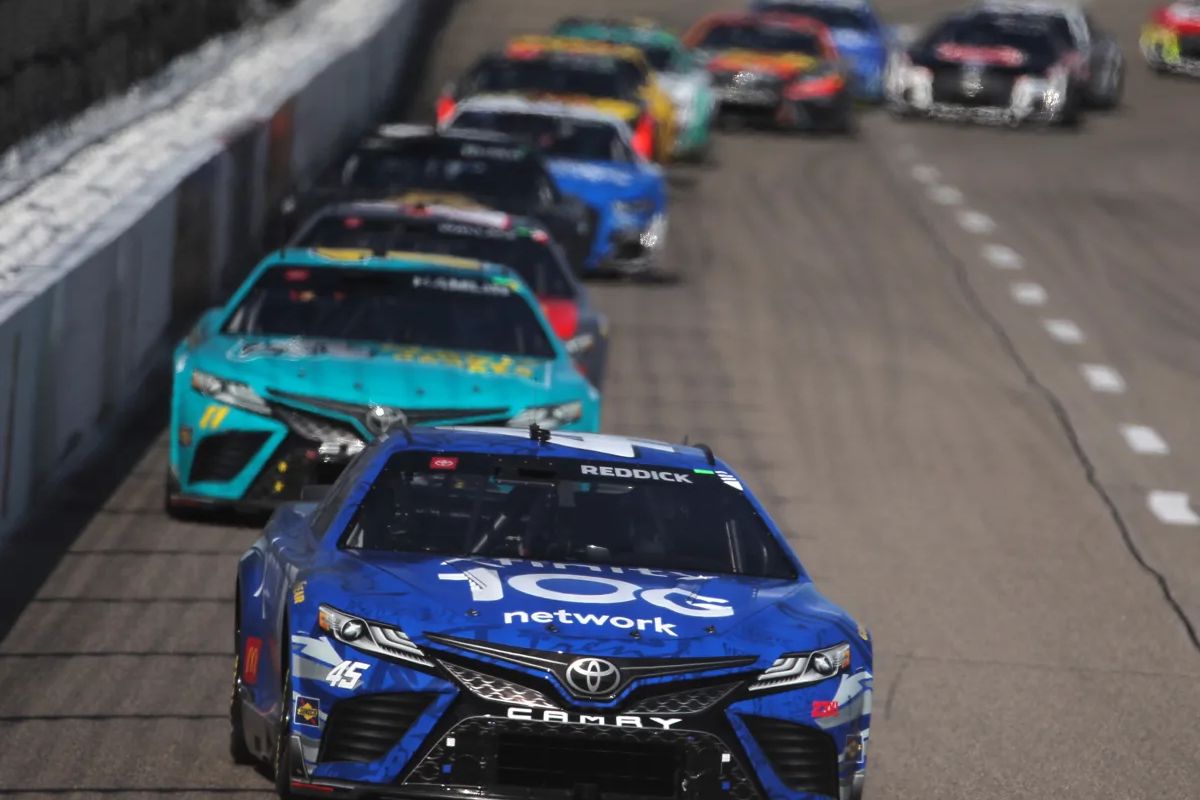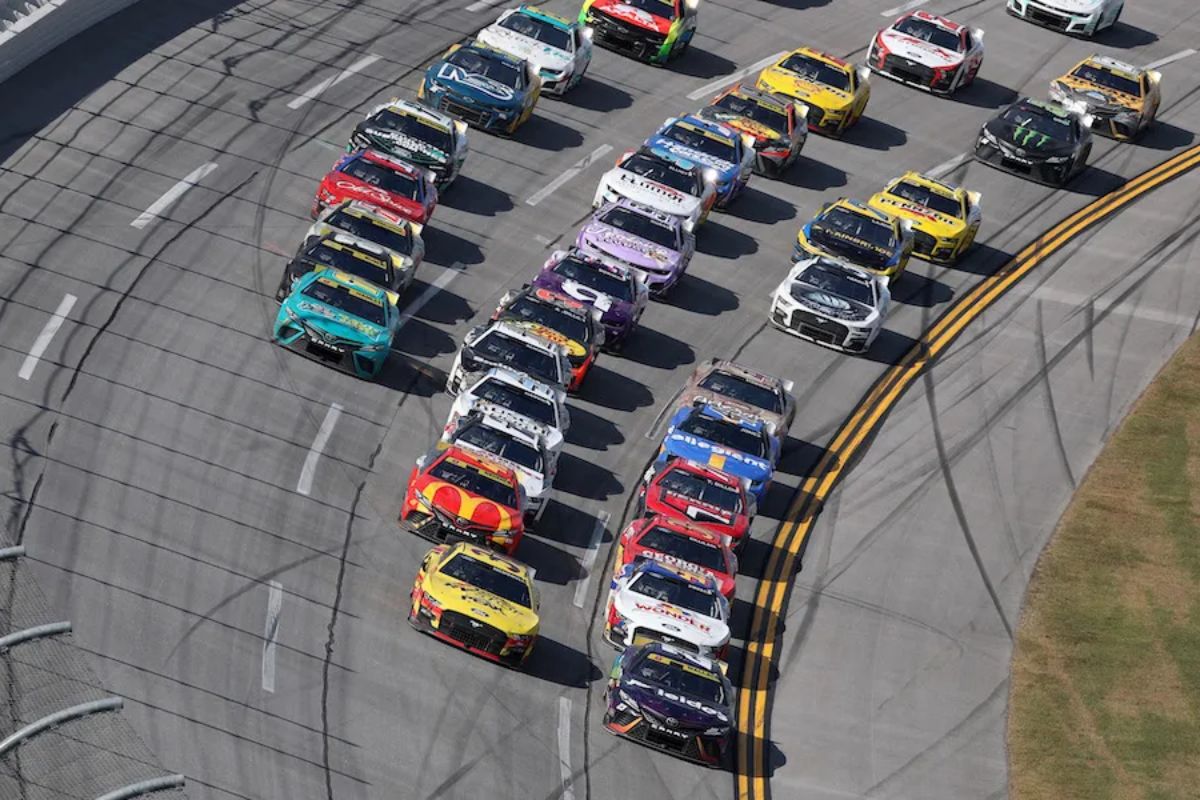Nascar’s Struggle With Short Tracks: NASCAR’s historical connection to short tracks is increasingly overshadowed by challenges that have eroded both competitive spirit and fan enthusiasm. The advent of the Next-Gen car has not only altered the dynamics of racing but has also raised questions about the viability of these venues in the modern era. As traditional short-track excitement wanes, the sport must confront whether groundbreaking strategies—ranging from car reconfigurations to improved venue experiences—can breathe new life into this cherished racing format. What specific changes might be necessary to restore the thrill that once defined short-track racing?
Key Highlights
- Revitalizing short tracks requires addressing the decline in competitive excitement and enhancing fan engagement through innovative racing formats.
- Adjustments to the Next-Gen car specifications are essential for improving handling and promoting dynamic racing experiences on short tracks.
- Collaborations with experts and venues are underway to ensure quality improvements and market viability for potential new racing facilities.
- Preserving the cultural significance of short tracks, which serve as community hubs, is vital for sustaining fan passion and loyalty.
- Emphasizing driver skill and unpredictability in racing will help maintain the traditional essence of short-track events amidst modern advancements.
Current Struggles with Short-Track Racing
The current landscape of short-track racing in NASCAR reveals a troubling decline in both competitive excitement and fan engagement. The essence of short-track racing has historically been characterized by close-quarters racing, tactical overtaking, and a visible atmosphere charged with the adrenaline of tight competition. However, the present short-track package has stifled these fundamental elements, primarily due to the lack of passing opportunities and the homogenization of car performance.
One of the critical factors contributing to this decline is the issue of tire wear, which greatly limits drivers’ ability to maneuver and overtake, thereby reducing the frequency and quality of on-track action. As the tires degrade, the racing often devolves into processional events, where drivers are unable to capitalize on skill or tactics. This scenario creates a monotonous viewing experience, leading to dwindling attendance and viewership—a pronounced contrast to the vibrant atmosphere that short tracks once commanded.
Moreover, many tracks measuring one mile or less have failed to meet industry standards, prompting NASCAR to pivot towards road courses and larger speedways that offer more opportunities for dynamic racing. This shift not only undermines the tradition of short-track racing within the NASCAR framework but also alienates a fanbase that craves the thrill of grassroots motorsport.
As NASCAR grapples with these challenges, it becomes imperative for stakeholders to reevaluate the short-track approach to rekindle the excitement and engagement that these venues once provided. Only through tactical innovation can the legacy of short-track racing be preserved and revitalized.
Efforts to Assess New Facilities
Recognizing the challenges facing short-track racing, NASCAR is exploring new avenues to reinvigorate its event calendar and improve fan experience. In collaboration with the University of Nebraska, NASCAR Executive VP Ben Kennedy has initiated assessments of potential new facilities, indicating a tactical change from traditional racing venues. This shift raises critical considerations regarding the future of short tracks, which have historically formed the backbone of stock car racing.
“Typically, who we’ll work with is University of Nebraska, some of our internal experts, to assess the viability of the market, the location, but importantly the quality of the facility, as well. A big part of that is what the quality of the facility looks like both outside the track as well as inside the track and in the competition areas. We’ll assess it. We’ll work with University of Nebraska. They’ll give us recommendations. We’ll typically share that with the track. If it makes sense at that point, we’ll continue to take a step forward.”-(ben)
As NASCAR ventures into this uncharted territory, several key emotions resonate with fans and stakeholders alike:
- Nostalgia: Longing for the thrilling atmosphere of classic short-track races.
- Frustration: Disappointment over the perceived neglect of beloved venues.
- Hope: Anticipation for cutting-edge solutions that could revitalize the sport.
- Unity: A shared passion among fans advocating for the preservation of racing heritage.
- Curiosity: Questions surrounding the impact of new facilities on local communities and the racing ecosystem.
The recent inclusion of three road courses to the Truck Series calendar has intensified discussions, compelling fans to question the future of short-track events.
As NASCAR seeks to balance tradition with modernization, the outcome of these facility assessments will considerably influence the sport’s direction. Engaging fans in this dialogue is crucial, as their passion will be crucial in shaping NASCAR’s commitment to the short-track legacy.
The road ahead may be complex, but it holds the promise of rekindling the spirit of short-track racing, ensuring its relevance in an evolving motorsport landscape.
Short-Track Venue Efforts
Numerous short-track venues across the United States are actively working to align with NASCAR’s evolving standards in order to secure a coveted spot on the series calendar. Given the rich history and fanfare that short-track racing embodies, these venues recognize the vital need to adapt to NASCAR’s rigorous demands.
However, their eligibility remains uncertain, as NASCAR has outsourced the assessment process to experts, including collaborations with the University of Nebraska. This tactical approach aims to guarantee that prospective venues not only meet market viability and location criteria but also uphold the highest standards of facility quality.
Tracks like South Boston Speedway and Berlin Raceway have taken proactive measures to improve their appeal. South Boston has recently installed SAFER barriers, while Berlin has upgraded hospitality offerings and hosted prestigious events.
Five Flags Speedway, renowned for its Snowball Derby, has illustrated its capability to accommodate a notable fan base. Despite these improvements, the path to securing a NASCAR date is fraught with challenges. Venues must navigate the complexities of sanctioning fees and sponsorship acquisition, which have become increasingly difficult in a competitive market.
As interest in short-track racing wanes, many venues are eyeing high-profile events such as the All-Star Race or the non-points Clash. Successfully hosting these events could not only generate crucial resources but also validate their potential as future hosts for regular-season races.
This tactical positioning may be important in revitalizing short-track racing within the NASCAR framework.
Historical Context of Short Tracks in NASCAR
As short-track venues endeavor to adapt to NASCAR’s rigorous standards and regain their footing on the series calendar, it’s vital to reflect on the historical role these tracks have played in shaping the sport. From its inception in 1949, NASCAR’s reliance on short tracks has been a defining characteristic, with the inaugural season featuring seven dirt tracks, including legendary sites like North Wilkesboro and Martinsville Speedway.
In the following decades, short tracks flourished, with 40 out of 44 races held on tracks a mile or less in length by 1959, solidifying their status as essential to NASCAR’s identity.
The significance of short tracks extends beyond mere statistics; they evoke passion, nostalgia, and a sense of community among fans and drivers alike. Consider the following:
- Grassroots Origins: Short tracks represent the humble beginnings of stock car racing, where local talent could shine.
- Intimacy with Fans: These venues foster close interactions between drivers and fans, enhancing the thrill of the race.
- Dramatic Action: The tight turns and close quarters often lead to thrilling finishes and unexpected rivalries.
- Historical Heritage: Tracks like Martinsville are steeped in tradition, serving as a living museum of NASCAR’s evolution.
- Cultural Significance: Short tracks are not just racing venues; they are community hubs that celebrate local culture and pride.
Yet, as the sport evolves, the challenge is to rejuvenate these valued tracks while staying true to their heritage. Only then can NASCAR preserve the essence of what makes short-track racing iconic.
Impact of the Next-Gen Car
The introduction of the Next-Gen car has sparked considerable debate within the NASCAR community, particularly concerning its impact on short-track racing. Historically, short tracks have been the backbone of NASCAR, embodying the sport’s grassroots origins. However, the shift towards intermediate tracks in the mid-90s has left iconic venues like North Wilkesboro Speedway in disrepair for decades, while fan-favorites like Martinsville and Bristol have struggled to maintain their allure in the face of evolving vehicle technology.
The Next-Gen car, touted for its advancements in aerodynamics and safety, has inadvertently created new challenges for short-track racing. While the vehicle’s design promotes competitive parity and improved performance, it may also dampen the close-quarters racing that characterizes short-track events. The ability to maneuver in tight packs—essential for exciting short-track races—has been compromised, leading to concerns over reduced on-track action and fan engagement.
For NASCAR to revitalize short-track racing, a reevaluation of the Next-Gen car’s specifications might be necessary. Adjustments that boost the car’s handling and promote more dynamic racing could be pivotal in preserving short tracks as a core aspect of NASCAR’s identity.
The essence of short-track racing lies in its unpredictability and driver skill, elements that must be protected as the sport evolves. By focusing on refining the Next-Gen car to suit the unique demands of short tracks, NASCAR can honor its heritage while paving the way for future growth.
News in Brief: Nascar’s Struggle With Short Tracks
The revitalization of short-track racing in NASCAR necessitates a multifaceted approach that addresses both vehicle specifications and venue improvements. By embracing creative solutions that prioritize competitive excitement and driver skill, NASCAR can reignite the passion for short tracks while appealing to a new generation of fans.
Preserving the unpredictable nature of these races will not only honor the sport’s rich heritage but also guarantee its continued relevance and sustainability in an evolving motorsport landscape.
ALSO READ: NASCAR 2025 Schedule: Talladega Shakeup Sparks Fan Outrage, But Is It All About the Money?



